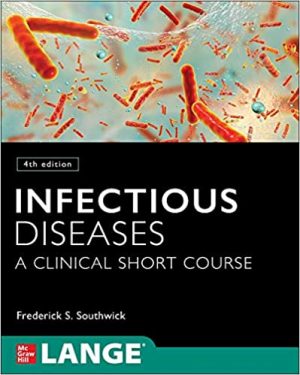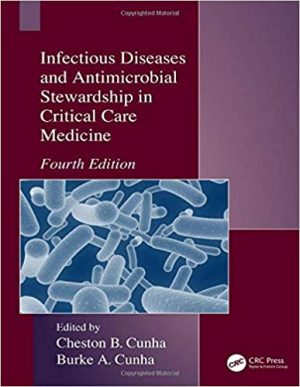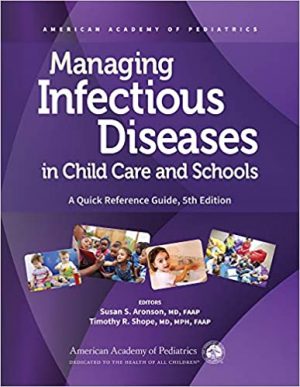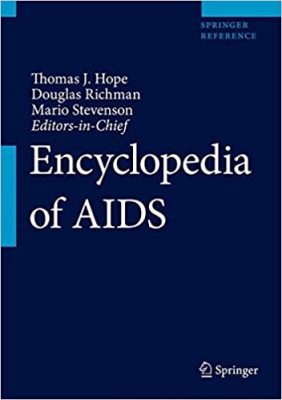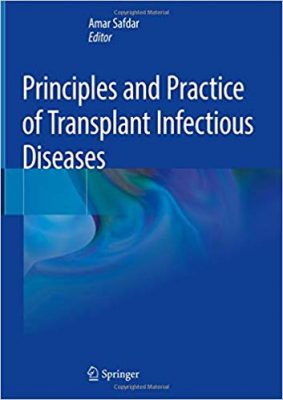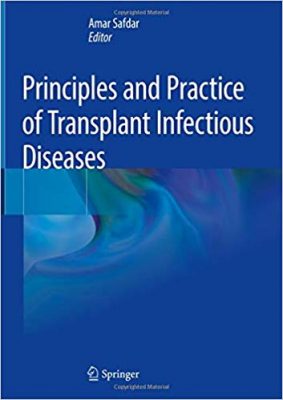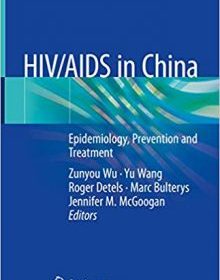Peters’ Atlas of Tropical Medicine and Parasitology 7th Edition
Peters’ Atlas of Tropical Medicine and Parasitology 7th Edition
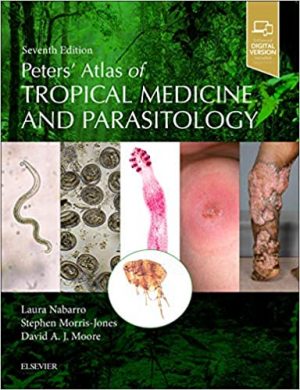
Peters’ Atlas of Tropical Medicine and Parasitology 7th Edition
Newly organized and featuring new editors and hundreds of new images, Peters’ Atlas of Tropical Medicine and Parasitology, Seventh Edition, brings you up to date with today’s greatest challenges in tropical medicine. Increased global travel, climate change, human conflict, short-term/large-scale human assemblies, potent therapeutic agents, drug resistance, and vaccine misinformation have contributed to a greatly changed landscape in this complex field. This practical, highly visual guide provides more than 1,300 stunning illustrations, making it an authoritative parasitology resource for accurate diagnosis of complex diseases.
FOR MORE MEDICAL BOOKS VISIT EDOWNLOADS.ME
-
- Contains hundreds of new images, including more than 50 completely revised life cycles and epidemiological maps.
- Provides current information on Zika virus, chikungunya virus, Ebola virus, SARS and MERS-CoV caused by enzootic corona virus, tuberculosis, ceftriaxone-resistant gonorrhea, malaria, and much more.
- Features a completely updated and significantly streamlined text, now organized not only by primary mode of disease transmission, but extended to define disease more strictly according to the route of acquisition – a logical change that reflects the principles applied to control measures for most infections.
- Presents the knowledge and expertise of new editors Drs. Laura Nabarro, Stephen Morris-Jones, and David A. J. Moore.
- Enhanced eBook version included with purchase. Your enhanced eBook allows you to access all of the text, figures, and references from the book on a variety of devices.
DOWNLOAD THIS BOOK



